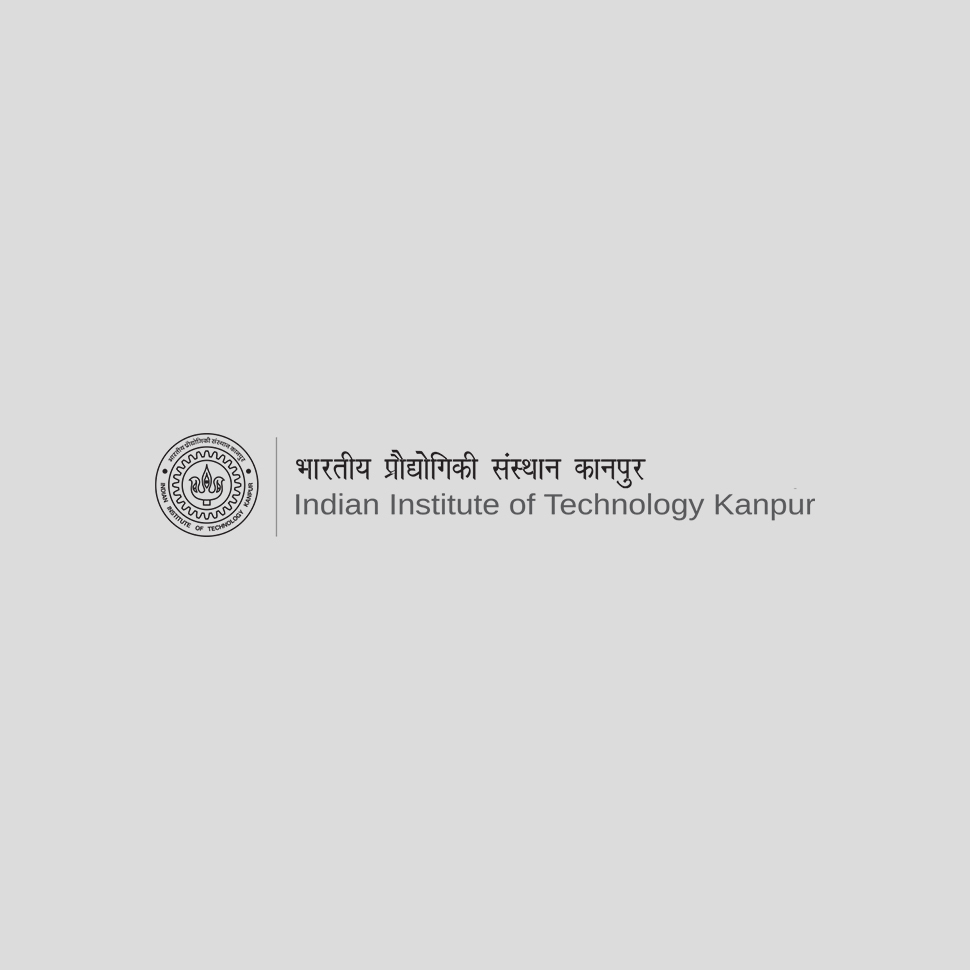
Prerequisites: CHM303A
3-0-0-9
Course Contents
Oxidation: Oxidation involving organo-sulfur (such as Swern) and organo-selenium compounds; Dess Martin, IBX and related hyper valent iodine based oxidations, Ag2CO3/celite Prevost, photo sensitised oxidation, dimethyl dioxirane, RuO4, 2sulfonyl oxaziridne, transition metal catalysed oxidation, oxidation at un functionalised carbons, Fleming Tamao oxidation, and microbial oxidations. Reduction: Using silanes, Al and B based reagents (e.g. DIBAL, Lselectride, Kselectride, RedAl etc.), low valent Ti species, microbial reductions (NADH model etc.)Asymmetric Synthesis : Sharpless epoxidation and dihydroxylation, Jacobsens epoxidation, Coreys oxazaborolidine catalyzed reduction, Noyoris BINAP reduction, SAMP, RAMP, Evans oxazoline and Oppolzer sultams, Aldol reaction (in brief: only principles using models).CC Bond Formation : via anions to electron withdrawing groups (carbonyl group, esters, NO2, SO2Ph, CN etc.) via B and Si enolates via imines Michael additions (cuprites etc.) Via allyl boron, allyl tin, allyl and vinyl silanes Metal catalyzed Cyclopropanation reactions (including Simmons Smith reaction) Ring closing, ring opening and cross metathesis Organic Synthesis : Application of above reactions and the ones studied in CHM 401 in synthesis of natural products.
Topics
Current Course Information
Instructor(s):
Number of sections:
Tutors for each section:
Schedule for Lectures:
Schedule for Tutorial:
Schedule for Labs:
Books and References
- Carruthers, W., Coldham, I. Some Modern Methods of Organic Synthesis, 2008.
- Smith, M. B., Organic Synthesis, 2nd ed., 2002.
- Carreira, E. M.; Kvaerno, L. Classics in stereoselective synthesis, 2009
- Nicolaou, K. C.; Sorenson, E. J., Classics in total synthesis, 1996
- Nicolaou, K. C.; Snyder, S. A., Classics in total synthesis II, 2003
- Tsuji, J., Transition metal reagents and catalysts, 2000



